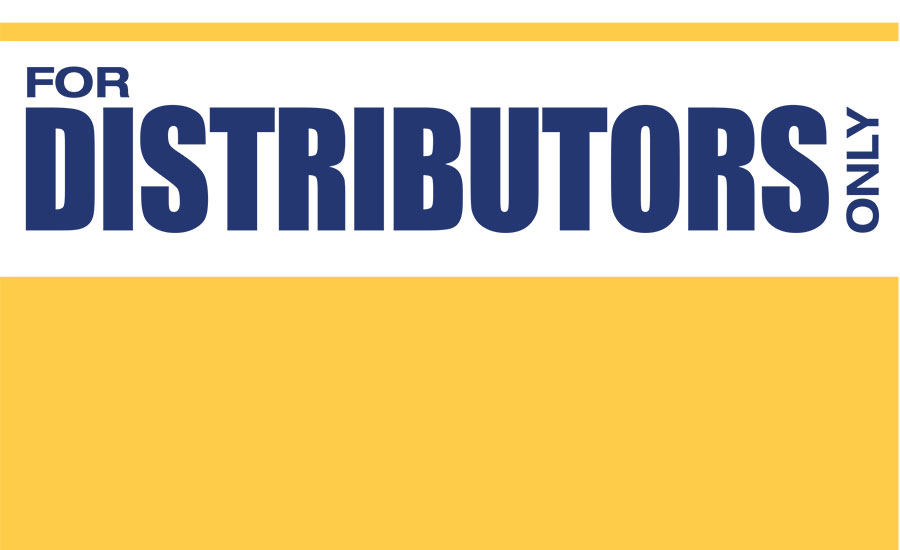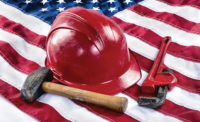The agency remains in a state of flux as of mid-October. Scott Mugno, the nominee to be OSHA’s top boss, still has not been confirmed. The chief of staff position is vacant. There are no senior advisors. One of two deputies is missing. Four regional administrators are in temporary “acting” roles.
Amid this uncertainty, Richard Mendelson, regional administrator for OSHA’s Region 3, located in Philadelphia and covering the Mid-Atlantic States, gave a speech earlier this year outlining the agency’s major emphasis points.
- “Secretary of Labor Alexander Acosta has made protecting America’s employees a top priority. Under his leadership, the department is committed to fully AND fairly enforcing the laws under its jurisdiction. It should be clear that we are a regulatory agency, and we are not backing away from our enforcement program.
“While the rate of workplace fatalities has decreased substantially over four decades, the rate of decrease has slowed. To move to the next level, we need to move beyond compliance and truly address ‘safety culture.’ As the economy shifts from traditional manufacturing and industrial settings to the energy, service, healthcare, and information sectors, different workplace hazards emerge. OSHA must, and does, continue to adapt to meet these challenges. - • “OSHA receives about 11,000 severe injury reports each year. We inspect about 1/3 of these. The majority are handled by a Rapid Response Investigation, where we ask the employer to investigate and get back to us with the root causes, and correct them. I note that “employee misconduct” is NOT a root cause. An employee not following a rule might certainly be a cause, but you can’t end your investigation there. What part of your safety and health program failed to catch this, tolerated the deviation, or perhaps even condoned it?
- • “Following the hierarchy of controls provides the best method for fixing workplace hazards; in general, eliminating the hazard, substituting a lower risk alternative, or engineering out the hazard are preferable to administrative controls, work practices, or personal protective equipment. PPE definitely has its place, but it also has limitations.
- • “There is a continuum of worker safety and health experience – from non-compliance all the way to program excellence. At one end of the spectrum are those employers who do not comply with the law. And those employers themselves are arrayed – from those who get routine citations, to those who get repeat and willful violations, to significant enforcement actions, to Severe Violators, and even a small subset of criminal referrals.
- • “At the other end, there are many employers who do comply with the law. Many responsible employers have effective safety & health programs to protect their workers. They may take advantage of OSHA’s free and confidential Consultation Program or hire their own consultants. They may participate in an Alliance or Partnership with OSHA, directly or through an industry association. Those with an exemplary safety and health program may participate in OSHA’s SHARP program or Voluntary Protection Programs.
- • “Enforcement and compliance assistance are not mutually exclusive; in fact, they are complementary. All our efforts – rulemaking, enforcement, compliance assistance, cooperative programs, and so on – are not an end unto themselves; they are tools to accomplish our mission, and our mission is worker safety and health.
- • “One way to avoid enforcement is to go beyond compliance, by adopting and implementing a safety and health program. An effective safety and health program addresses management commitment and employee involvement, worksite analysis, hazard identification and control, and employee training. Don’t look at a safety and health program just as a way to meet the standard; think of it as a way to manage risk.


